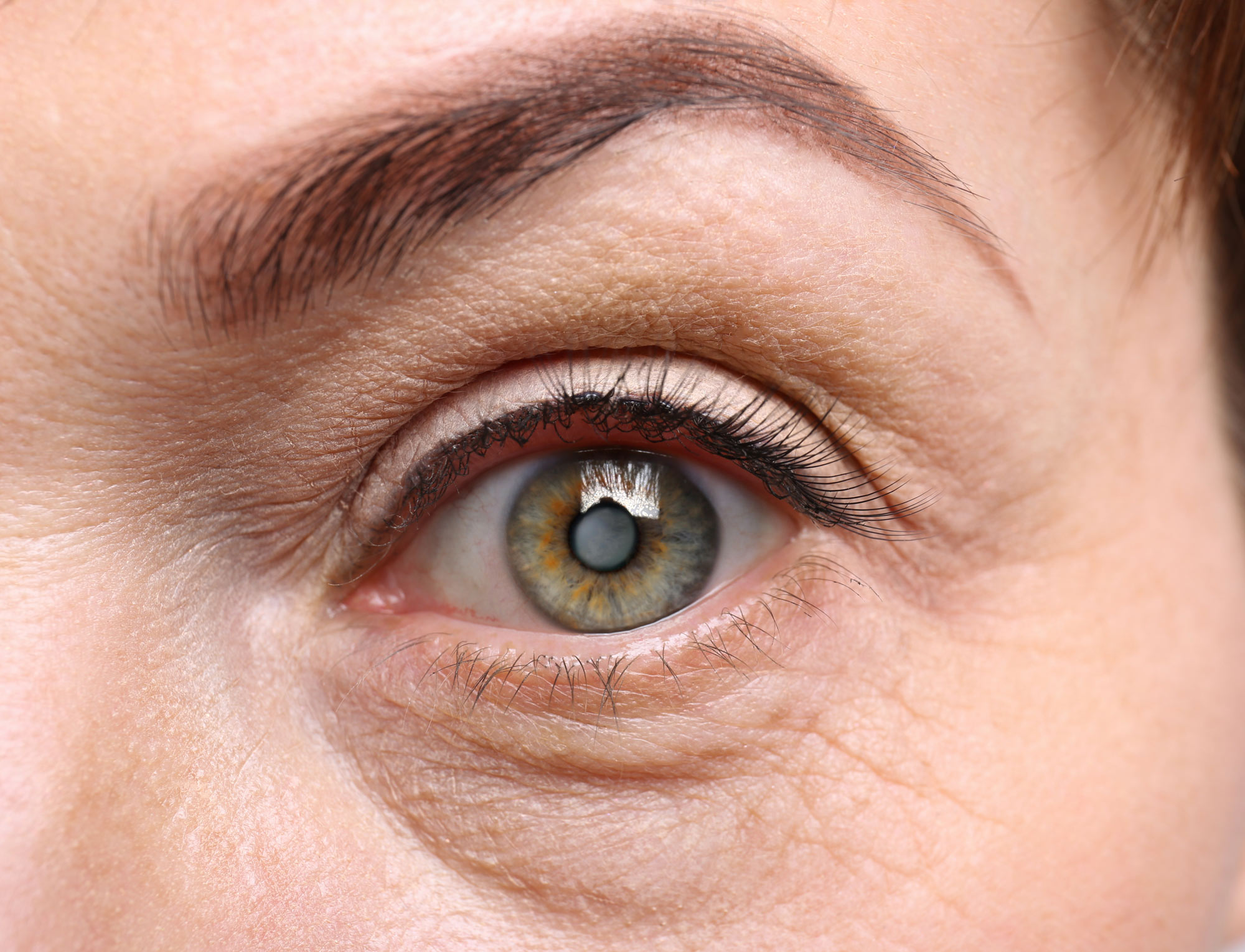 Cataracts are a common problem caused by a buildup of protein in the lens of the eye, making the lens cloudy and vision foggy. Cataract surgery is an effective option for treating cataracts and improving vision but can it improve vision enough to give up wearing eyeglasses?
Cataracts are a common problem caused by a buildup of protein in the lens of the eye, making the lens cloudy and vision foggy. Cataract surgery is an effective option for treating cataracts and improving vision but can it improve vision enough to give up wearing eyeglasses?
For some people the answer is yes! To find out whether you’ll need eyeglasses after surgery for cataracts schedule a consultation with Harlingen, TX, eye surgeon Dr. Raul Peña at the Peña Eye Institute.
About Cataract Surgery
Cataracts form as proteins build up in the natural lens of the eye and are a common part of aging. As more protein builds up in the lens, the lens becomes cloudy. As a result, vision becomes blurry, foggy, and some may have difficulty seeing at night. When vision problems from cataracts interfere with daily life, cataract surgery is often recommended.
During cataract surgery, the clouded lens of the eye is removed and replaced with an artificial lens called an intraocular lens or “IOL.” In addition to treating cataracts, IOLs may also be used to correct vision problems caused by refractive errors, like nearsightedness and farsightedness.
Will You Need to Wear Glasses?
IOLs can improve refractive errors which means that some of our Harlingen patients may not need glasses after cataract surgery while others may need to wear glasses some of the time.
Whether you will still need to wear glasses after cataract surgery depends on the type of IOL used. Let’s take a closer look at the different types of IOLs and whether you’re likely to need to wear glasses after cataract surgery.
Monofocal Lenses
Monofocal lenses are a common type of IOL used in cataract surgery. Monofocal IOLs have a single focusing distance. In most cases, monofocal IOLs are used to improve distance vision so patients can see things farther away more clearly. As a result, some patients will need to wear glasses for near vision.
Multifocal Lenses
Multifocal IOLs are available and can improve both near and far vision in addition to treating cataracts. Many patients who get multifocal IOLs don’t need to wear glasses after surgery but some may still need them.
Toric Lenses
Toric lenses are another option for improving vision while also treating cataracts. Toric IOLs are used to correct astigmatism and are available in monofocal or multifocal lenses. Patients who choose monofocal toric IOLs may need to wear glasses for near vision. Patients who get multifocal toric IOLs often don’t need glasses after cataract surgery but some may.
Light-Adjustable Lenses
Light-adjustable lenses (LALs) are a type of monofocal lens that correct vision at a single distance, which is adjusted after surgery. LALs are adjusted with a UV light after the eye has healed. Because LALS are monofocal lenses and only correct vision at a single distance, some patients may need to wear glasses to correct near vision.
Learn More about Cataract Surgery and Your IOL Options
For more information about cataract surgery, we welcome you to schedule a consultation at Peña Eye Institute in Harlingen.

